
In a September 14, 2024 IRINN TV (Iran) news broadcast dedicated to the launch of the Chamran-1 satellite, Iran's Deputy Minister of Defense Admiral Amir Rastegari, who is also CEO of the Iranian Defense Ministry’s Electronic Industries said that the launch was tasked with demonstrating the satellite's orbital transition and trajectory change technology. Commander of the Space Division in the IRGC Aerospace Force General Ali Jafarabadi explained that the satellite was launched using "the latest technology," and he explained the next phases in Iran's satellite project. Admiral Rastegari said that the satellite will not be collecting or transmitting data, it is tasked with orbital trajectory maneuvering.

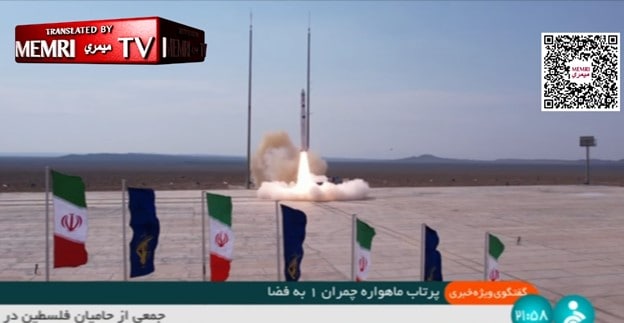

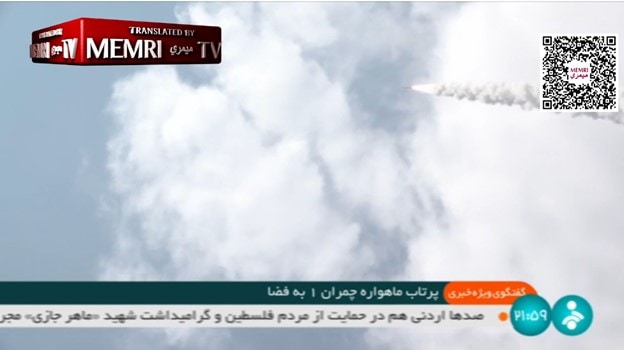
Amir Rastegari: "The Chamran-1 research satellite was launched into space with the mission of validating the orbital transition and trajectory change technology. Until now, the satellites that we launched into space were mainly in the fields of photography and communication, and when they were placed in orbit, we had no way of changing or manipulating their trajectory."
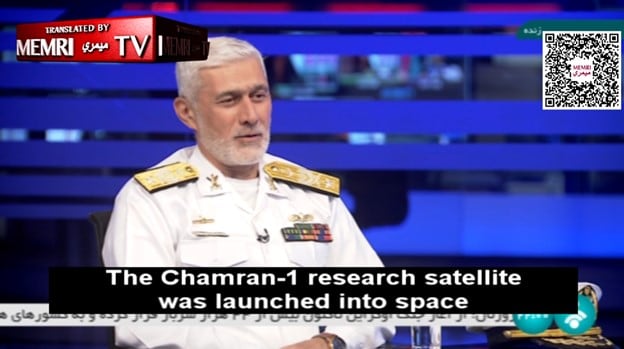

[...]
Ali Jafarabadi: "In the next stage, the third gear engine was started. You see the eternal Persian Gulf on the bottom of the screen. Here, the separation of the satellite takes place, and you witness how the satellite is placed in orbit smoothly and gracefully.
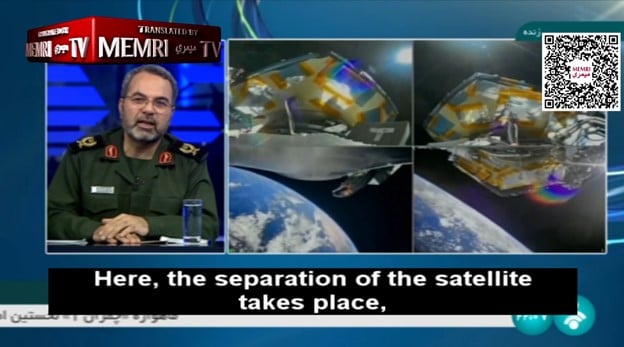
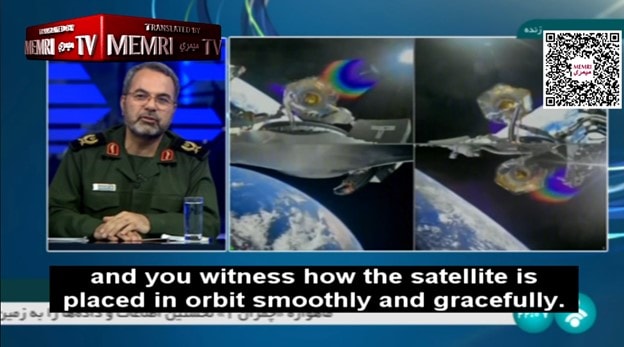
[...]
"Today was the second launch by the Satellite Launcher Qaem-100. Its first launch was eight months ago during the tenure of the 13th government, which placed the Sorayya satellite at 750 km altitude. Today, its second launch was also successful, and the 14th government's satellite was placed at 550 km altitude."
Reporter: "So two successful launches for two governments..."
Jafarabadi: "Yes, for two consecutive governments. This launcher could have placed the satellite even at 750 km altitude, but only (550 km altitude) was needed for the mission. This launcher can place satellites weighing up to 80 kg in Earth's orbit. What is our achievement here? First, we have a solid fuel satellite launcher that is very inexpensive. Second, weighing only 18 tons makes it very light because it uses the latest technology and is made of very light composite fibers.
 ]
]
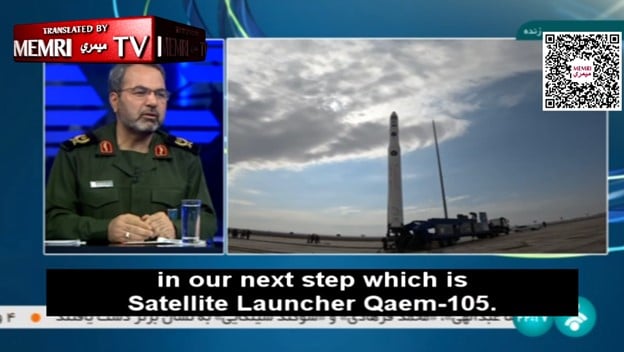
[...]
"It inspired us to be more decisive inshallah, in our next step which is Satellite Launcher Qaem-105. The Qaem-105's subsystems and modules are still being tested. Next year – the exact time is still unclear – this satellite launcher will perform its first research experiment, then instead of 80 kg we will be able to place 200 kg [satellites] in orbit at once.
[...]
"After Qaem-105, our roadmap includes the four-stage Qaem-120 Satellite Launcher, and it will be able to place [satellites] of hundreds of kilograms in low orbit."
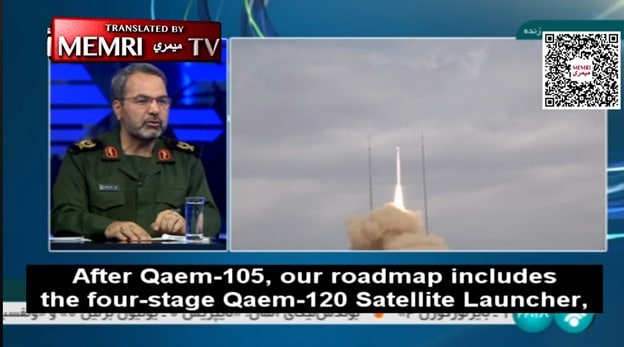
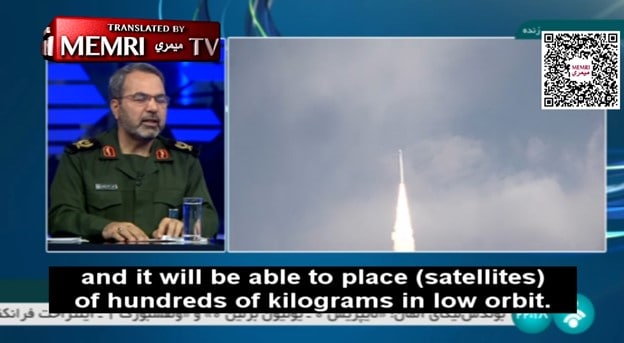
[...]
Narrator: "The Qaem-100 Satellite Launcher is the Islamic Republic of Iran's only solid-fuel satellite launcher. Instead of alloy steel, the engines of all its three stages are made of composite and carbon fiber."
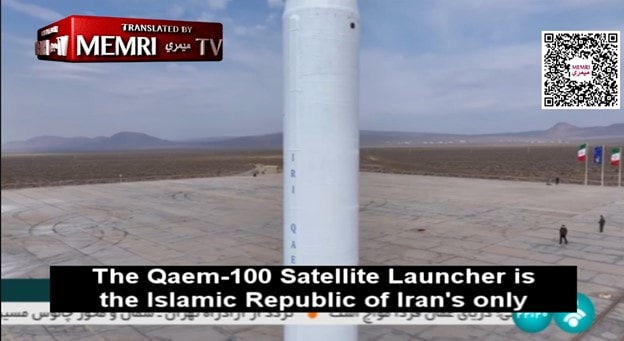
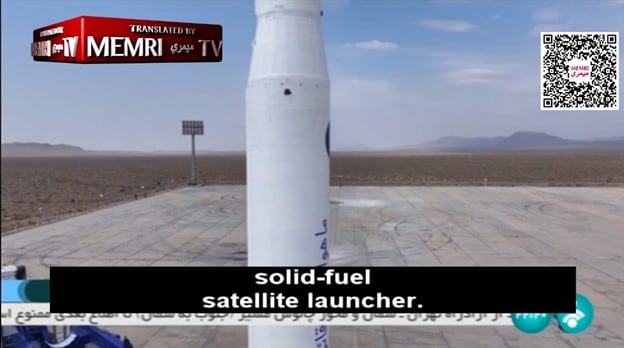
[...]
Reporter: "What are the uses of the transmitted data by Chamran-1? In what fields or industries do we use them?"
Rastegari: "Since the mission of this satellite is only orbital trajectory maneuvering, it will not be sending any data anywhere."













